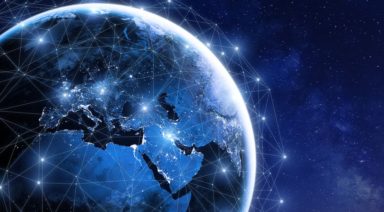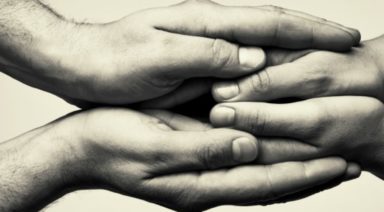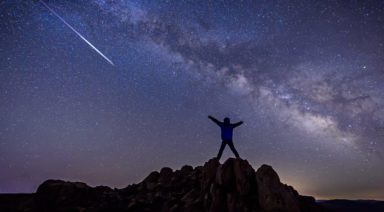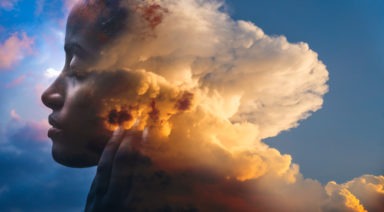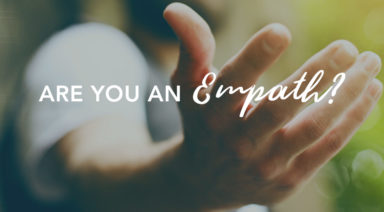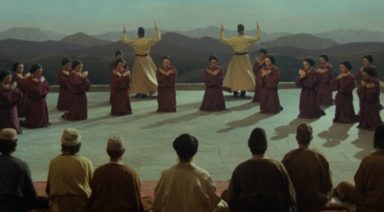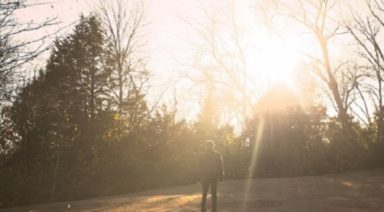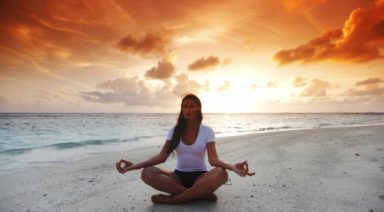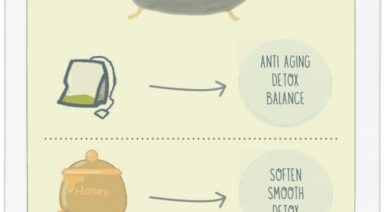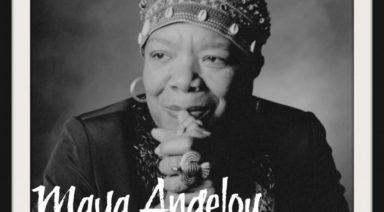New Zealand Gives Maori Volcano Human Rights
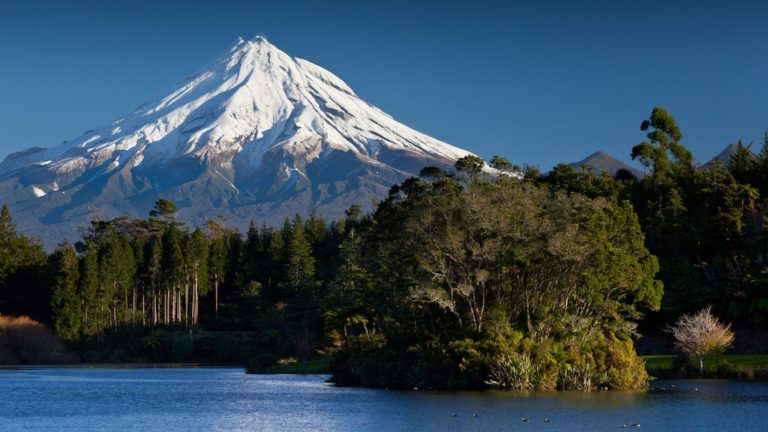
In a move to honor its indigenous people and provide retribution for colonialist oppression, New Zealand is giving human rights to a Māori volcano on the country’s North Island. Mount Taranaki will now be afforded all the legal rights of a person and is the country’s third natural feature to be given this designation.
After Lonely Planet – the largest travel guide publisher in the world – named Mount Taranaki the second-best location to visit, officials in New Zealand decided to protect the dormant volcano in a way that honored their native people. The mountain’s entitlement comes after the country gave the same human rights protection to the Whanganui River earlier in 2017.
Mount Taranaki is a 120,000-year-old volcano that is New Zealand’s most frequently hiked mountain. Its new designation would make punishment for anyone who harms the mountain tantamount to harming a member of the Māori people. The local tribes will work in conjunction with New Zealand government to maintain the sacred feature and ensure its protection.
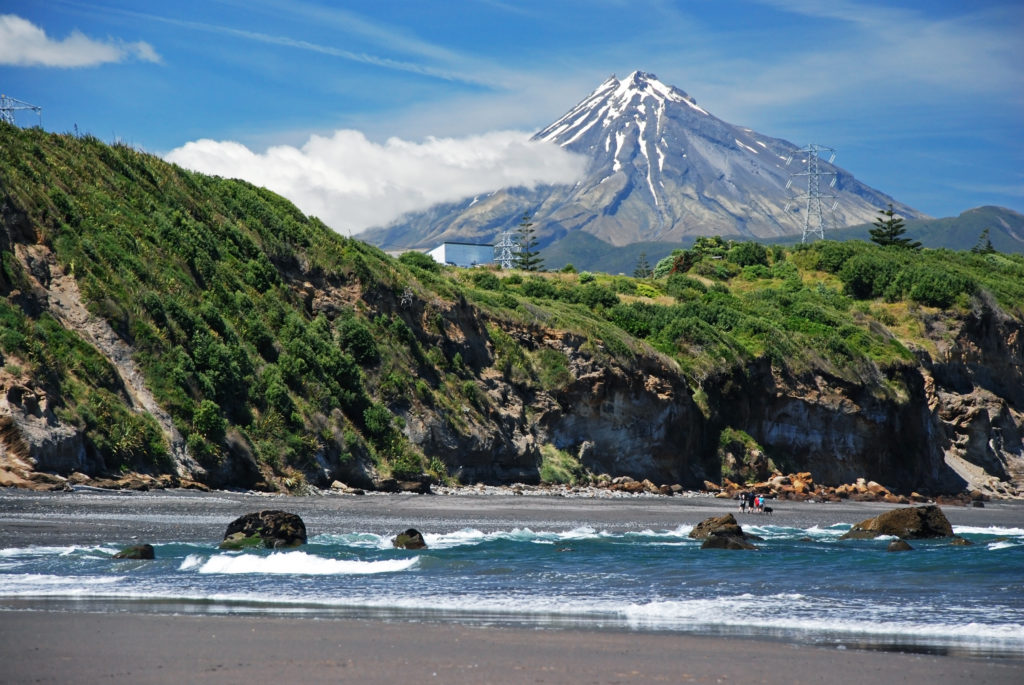
Māori natives hold the volcano to the same esteem as one of their own family members, or whanau, and consider it to be an ancestor. In Māori philosophy, humans are considered to be part of the universe and, rather than domineering the natural world, they consider humanity to be an extension of it like any other feature.
This seems to mirror the ideas of shamanism and many indigenous tribes whose spirituality and religion is based on the ideology of animism, the belief that all material things have a spirit. It is common for indigenous tribes and shamans to explain that all they know about our world came from conversations with plants, trees, and nature.
In western society, we give human rights to corporations in much the same way. Corporate personhood gives these entities names, legal rights, and the ability to spend money in political campaigns, all while remaining entirely separate from the individuals who work there. If we think this makes sense to provide privileges to what is essentially an immaterial concept, then it makes perfect sense that natural features should be given personhood with legal protections.
New Zealand is setting a precedent for the world to follow, and it’s doing it while acknowledging to its indigenous people that imperialism from the 19th century demands retribution. The act is part of an apology particularly for the British Crown’s lack of enforcement of the Treaty of Waitangi – a pact between the Māori and British government originally intended to protect native rights.
Could New Zealand’s example lead to similar actions in other nations with histories of oppression against native people? In the U.S. reparations are rarely made to Native American groups, while indigenous land and protections continue to diminish.
5 Blockchain Applications That Could Change Society Forever

When most people think about the term “blockchain” their minds immediately go to cryptocurrency and bitcoin, but in reality, there are many different blockchain applications. As this technology continues to gain traction, it’s myriad uses will be used to solve and improve upon many institutions in our society from voting, to real estate, and electronic gadgets. So what is the blockchain exactly?
The Blockchain Explained
The concept of money is based on trust, or faith, in the system. We’ve all agreed that a centralized authority, in this case the government, will maintain stability in regulating money so it can be used as a tool for trade. The same goes with contracts upheld by law; a centralized institution is an arbiter that will make sure the terms of your contract are upheld. But with blockchain technology, that power can be distributed throughout many disparate entities, rather than one centralized authority, making it so that one entity can’t have all the regulatory power.
The blockchain, also called distributed ledger technology, is essentially a digital database managed by a decentralized system, consisting of a number of different computers, in lieu of a single centralized server. These different computers are referred to as nodes and all of them are connected in a randomized way.



